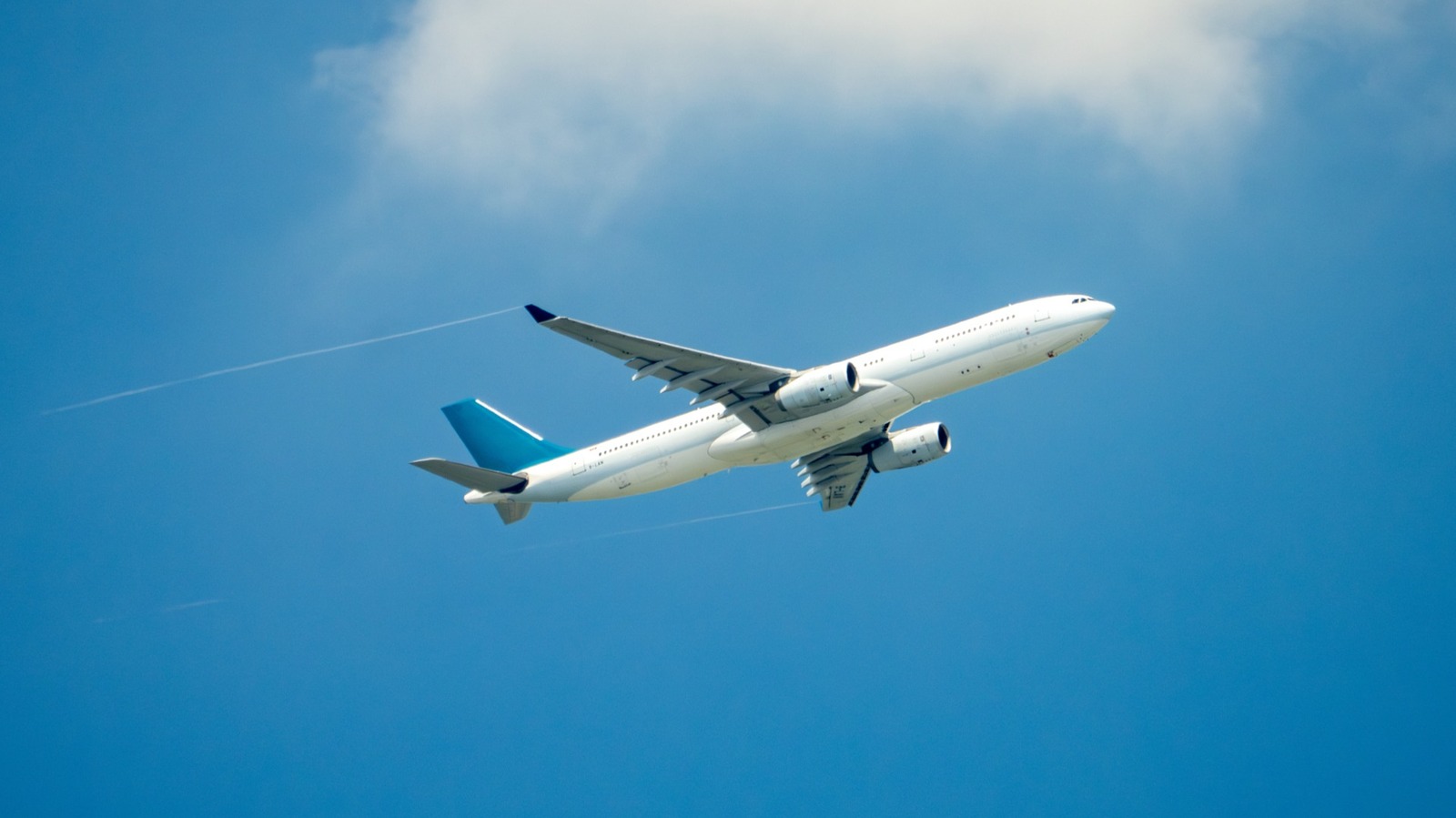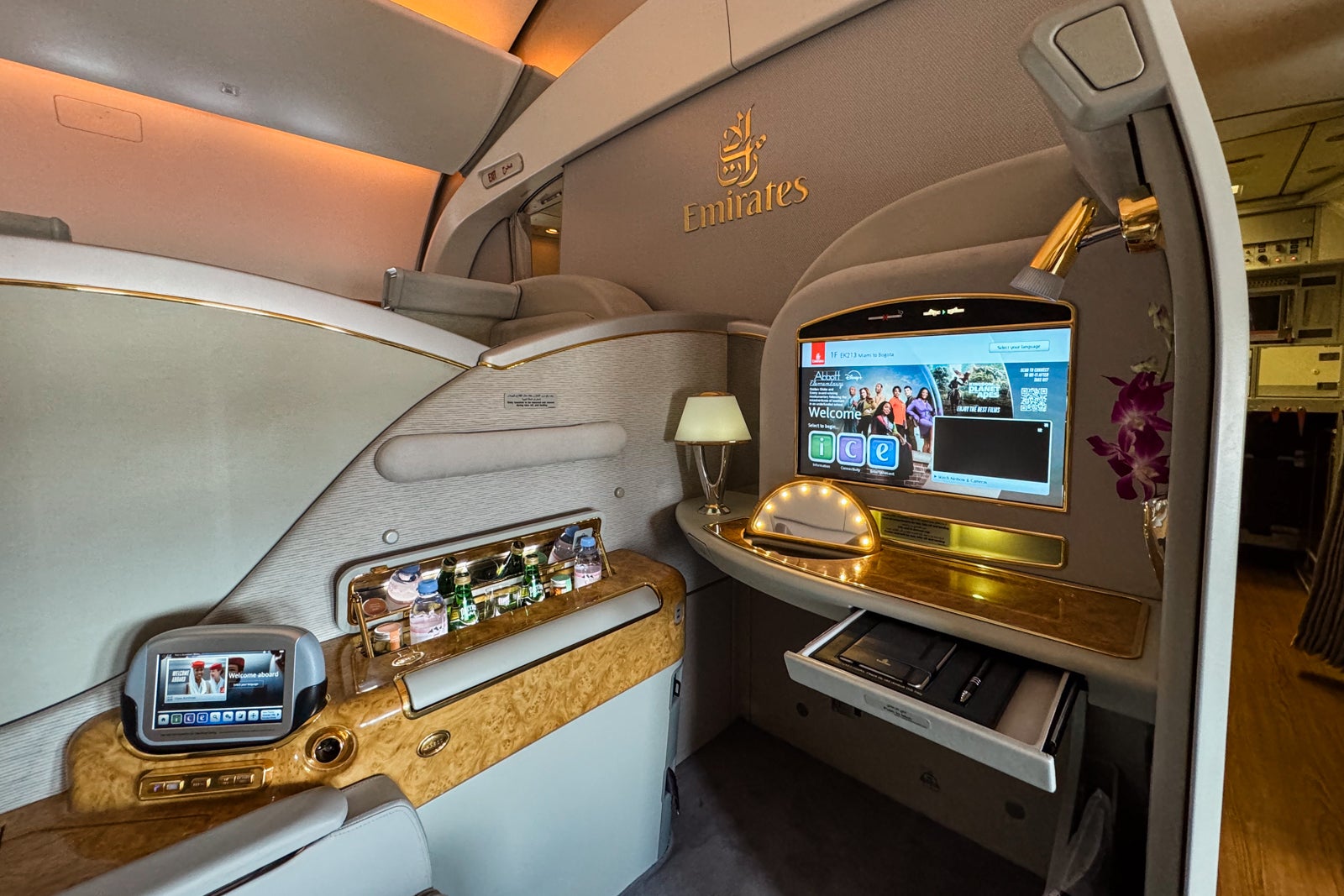Southwest Airlines: How to Secure the Best Seats
Discover how to navigate Southwest Airlines' unique open seating policy to secure the best seats, and learn insider tips for achieving a prime boarding position. Explore upcoming changes like assigned seating in 2026 and how they might impact your future travels.
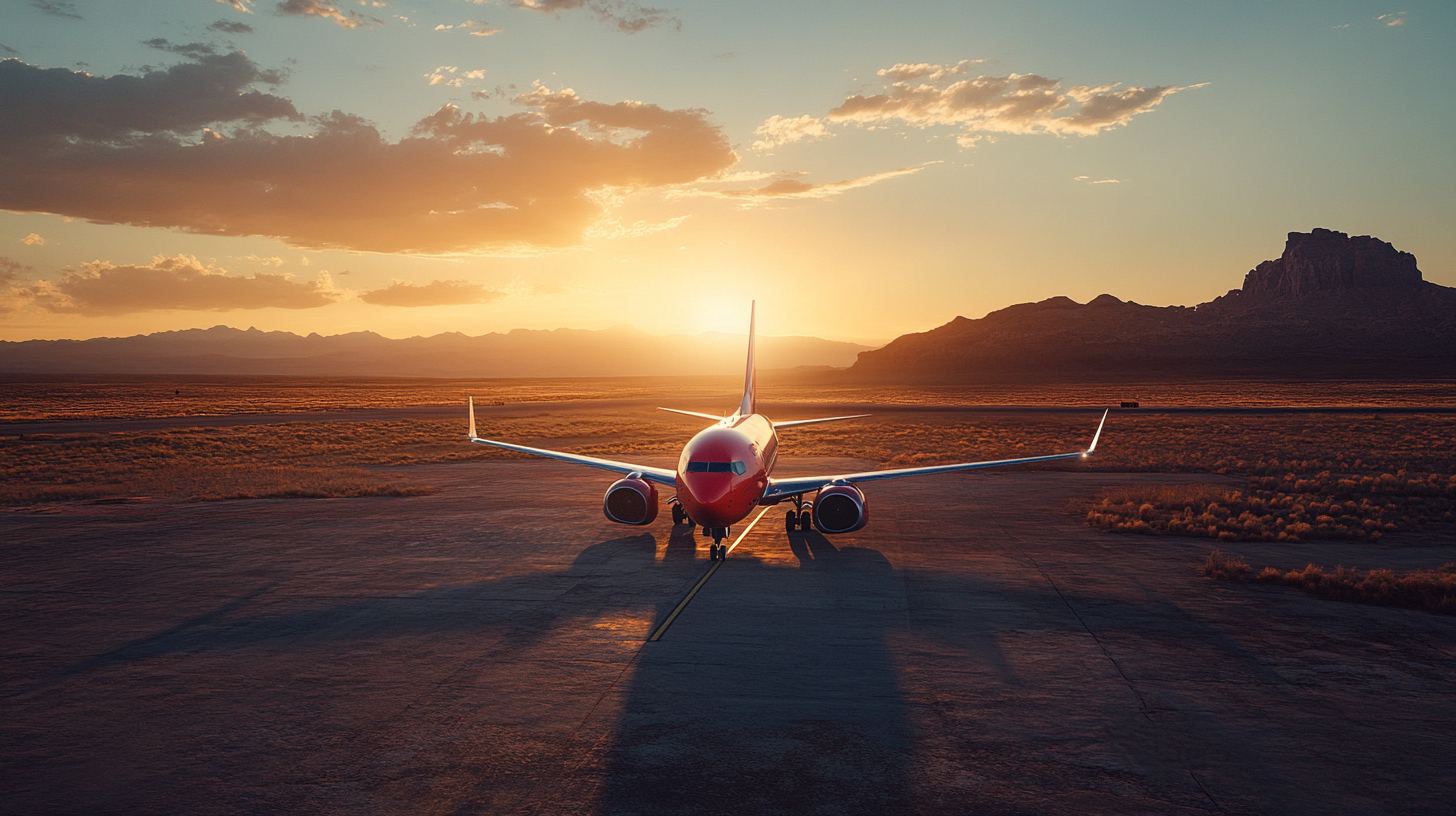
Southwest Airlines is celebrated for its open seating policy, allowing passengers to choose their own seat once on board. I find it both thrilling and nerve-wracking since your seat depends on how quickly you can secure a good boarding position—and that positioning comes with many strategies for success.
How Southwest’s Open Seating Works
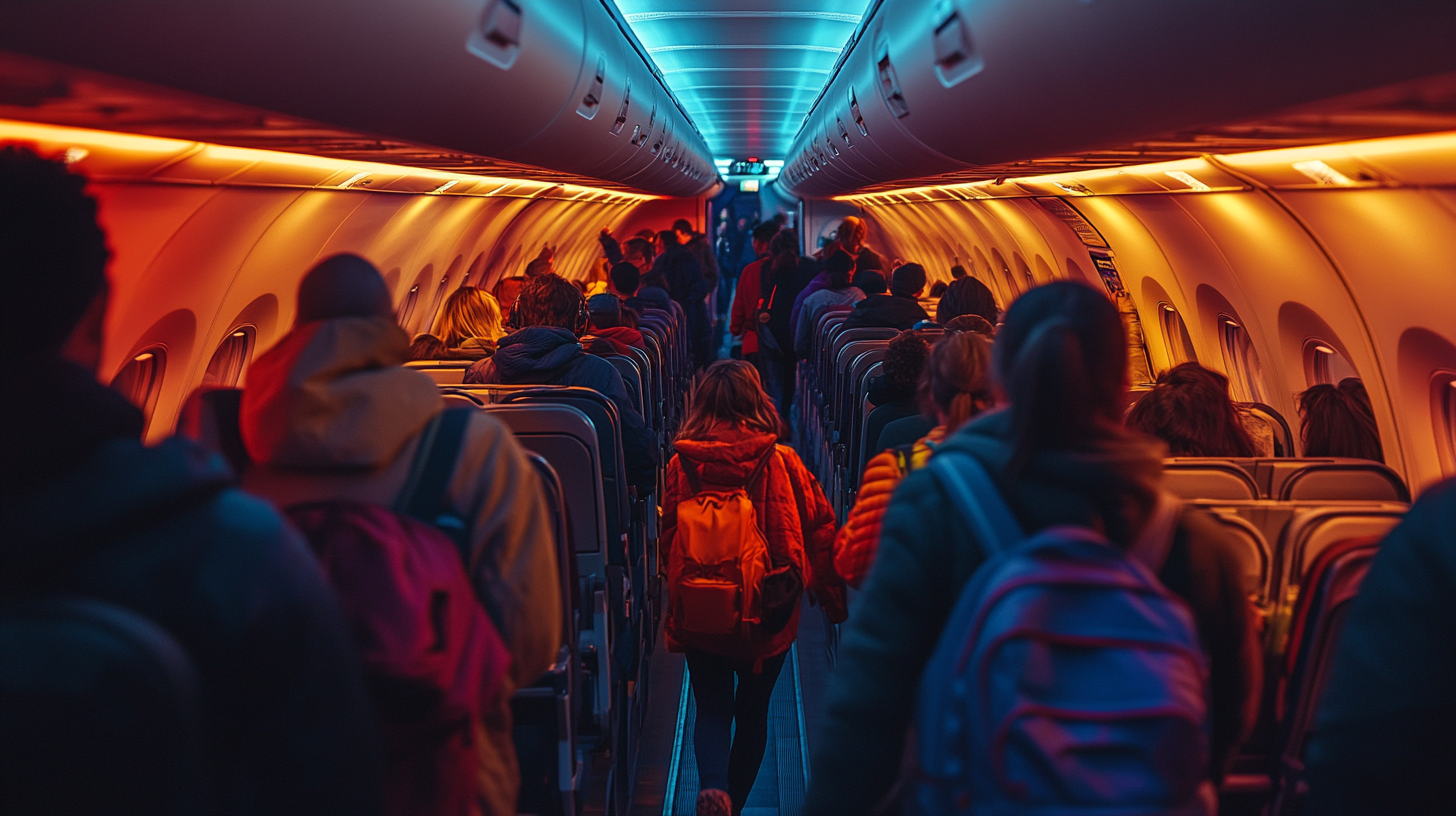
Unlike most carriers, Southwest doesn’t assign seats. Instead, you receive a boarding group—A, B, or C—alongside a boarding position number. The earlier you board, the better your options for snagging exit-row or bulkhead seats with extra legroom. I’ve observed during my own travels that passengers who line up early or purchase an upgrade are the ones most likely to secure these prime spots.
This system might seem chaotic at first glance, but according to industry data from 2024, 82% of surveyed Southwest passengers actually prefer the open seating approach for its perceived fairness. That said, the best seats do disappear quickly. Special groups, including families, uniformed military personnel, and those needing extra assistance, typically board early, preserving Southwest’s community-focused approach to travel.
Of course, focusing on a good boarding position means more than just legroom. Some travelers strategically choose forward seats for a quick exit upon landing, while others aim for the back to get easy access to lavatories. Ultimately, open seating rewards flexibility and quick thinking—two traits I’ve come to appreciate when flying Southwest.
When to Check In and Board
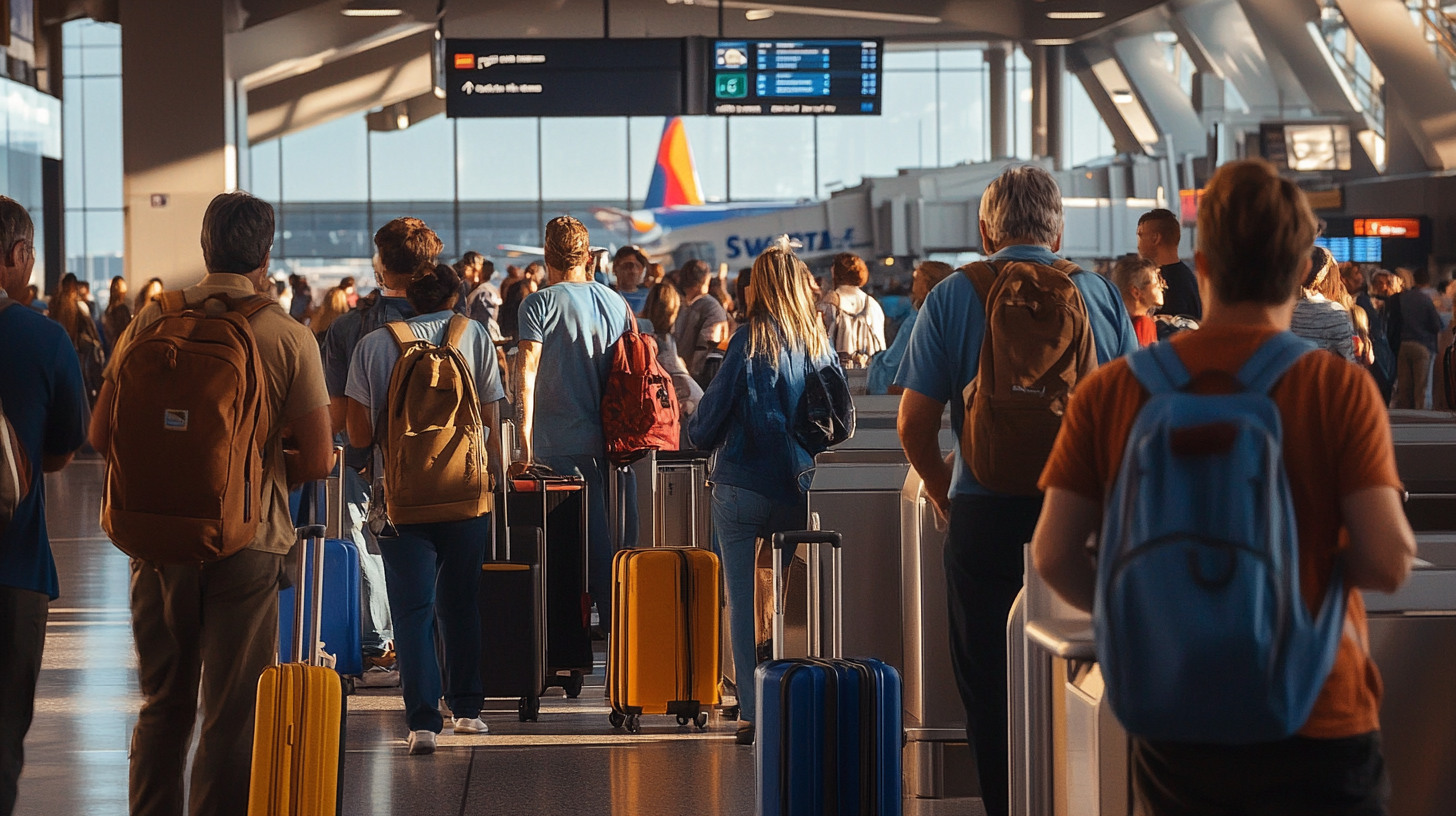
Southwest boarding positions become available exactly 24 hours before departure. In my own experience, setting an alarm or calendar alert to check in the moment the window opens has resulted in a drastically better boarding number. I once checked in just 15 minutes late and ended up in mid-B group instead of early A, which meant losing that coveted bulkhead seat. If you’re serious about prime seats, you can’t underestimate the impact of timely check-in.
EarlyBird Check-In is another option. It checks you in automatically 36 hours before takeoff, usually netting you an A or low B boarding pass. While it comes at an extra cost, I’ve seen it pay off on busy travel days when seats fill up lightning fast. Business Select fares grant you priority boarding plus bonus Rapid Rewards points, making it a strong option for frequent travelers looking to consistently score choice seats.
On the day of departure, Upgraded Boarding may be available at the gate if you’re hoping to jump the line last-minute. This option can be especially handy if you find yourself with a less-than-ideal group number—though it does depend on seat availability. To add further flexibility, some co-branded Southwest credit cards might reimburse upgraded boarding fees. It’s wise to review the specific terms and restrictions of each offer, as benefits can vary over time.
Top Seat Picks by Aircraft Type
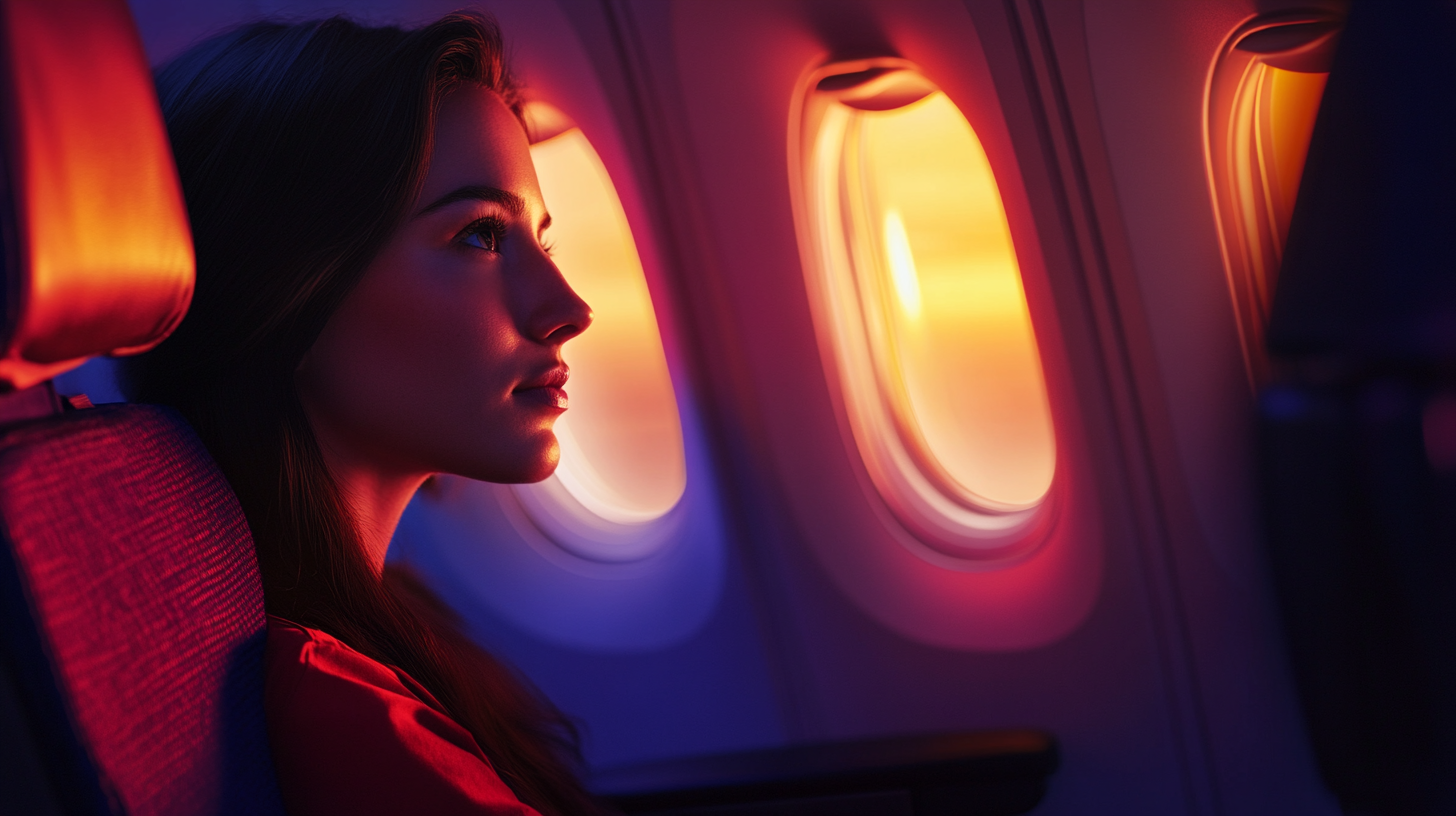
Southwest predominantly flies Boeing 737 aircraft, including 737-700, 737-800, and MAX 8 models. According to Boeing’s official specifications, these aircraft tend to have seat pitches between 31 and 32 inches in standard rows, but certain exit rows and bulkhead areas can stretch a couple of extra inches beyond that.
From my observations, on a 737-700, row 12A is a prized exit-row seat offering generous legroom. I’ve found this row especially comfortable on coast-to-coast flights. Over the years, I’ve also learned that row 10 doesn’t recline and row 7A lacks a window—both slight inconveniences if you prefer a good recline or jetting through the clouds with a clear view.
For the 737-800 and MAX 8, rows 2 and 16 are often bulkhead or exit-row seats that come with taller seat pitch. While these seats grant extra comfort for taller travelers, you might sacrifice a compartment to store your personal item under the seat in front of you. Seats like 9A, 10F, or row 13 sometimes have limited window views or partial recline. Weigh your personal preferences—legroom, quiet environment, or immediate disembarkation—before selecting.
Business Select, EarlyBird, and Upgraded Boarding
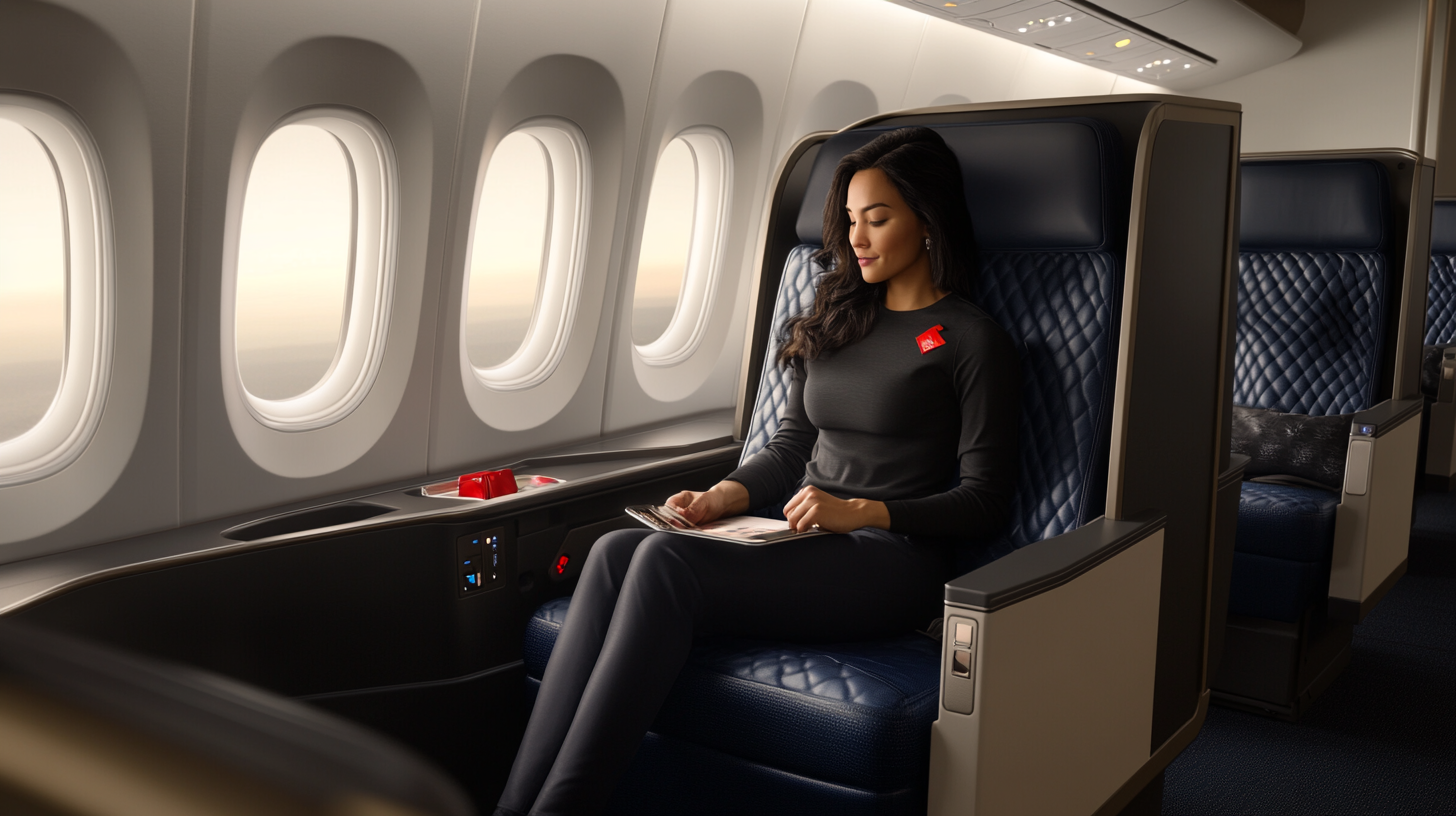
If maximizing comfort and convenience is top-of-mind, paying for Business Select can be worth it. Along with earning more Rapid Rewards points, you’ll score guaranteed boarding in group A. That nearly always puts you in position to pick aisles or windows in the exit row. When I know I’ll need to get work done in-flight, I appreciate the ease of boarding early, stowing my carry-on with no fuss, and grabbing that perfect seat to spread out.
EarlyBird Check-In is the less costly way to aim for a better boarding number. While it’s not a guarantee of an A boarding pass, I’ve watched friends who use EarlyBird get first pick of exit-row seats more often than not. It’s a game-changer if you’re traveling on peak days like Monday mornings or Friday evenings.
Upgraded Boarding remains a last-minute strategy for spontaneous seat upgrades when they’re available. It feels like a travel lottery—you never know if seats will still remain for purchase at the gate. However, if you’re flying during off-peak times or mid-week, you might score a real gem at a fraction of the initial Business Select fare.
Breaking News: Assigned Seating in 2026
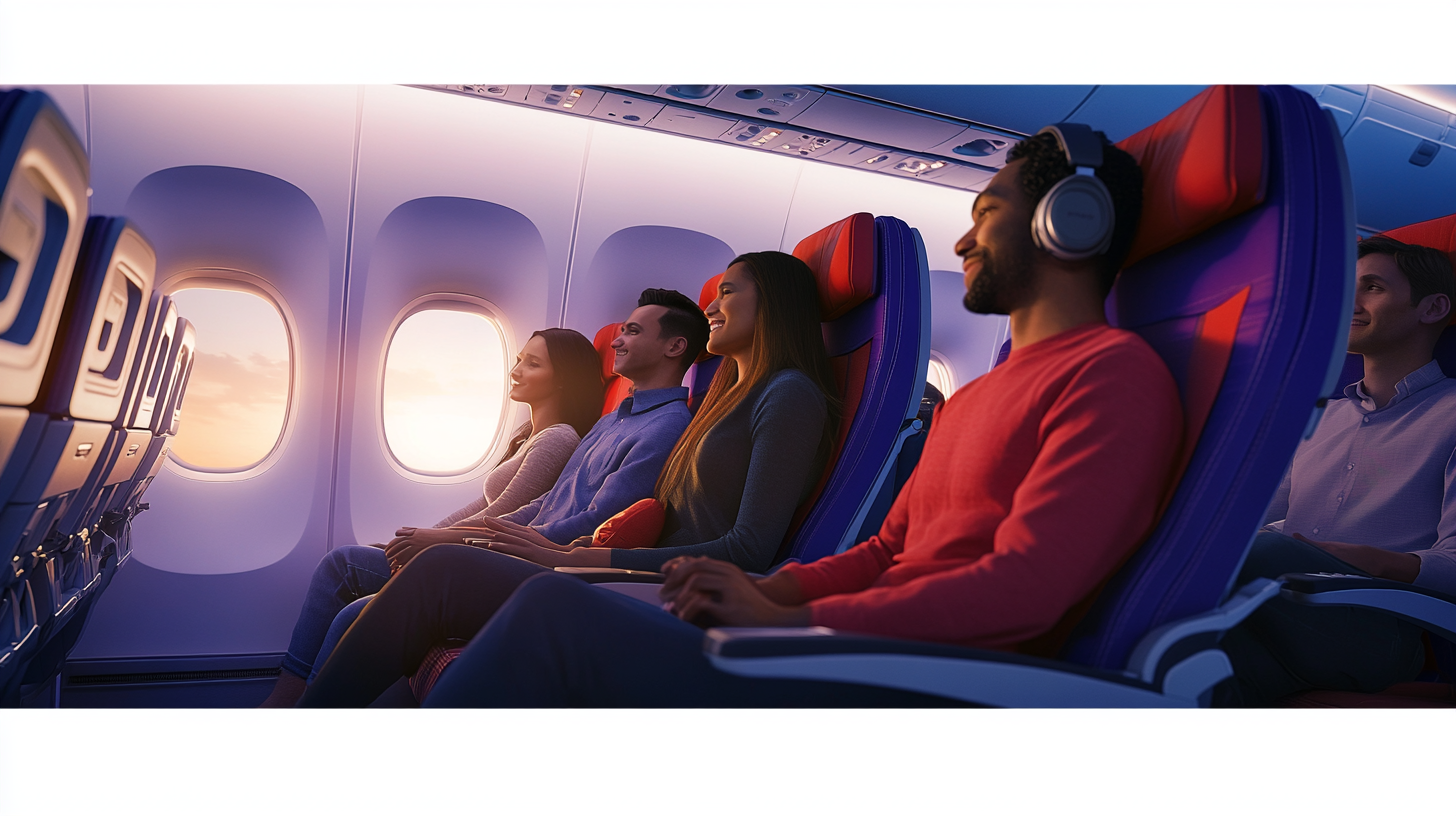
Southwest’s dynamic may be shifting soon. Starting after May 28, 2025, many of us will see the end of the traditional two free checked bags for non-elite, non-Business Select passengers. Keep in mind that credit card perks may still allow you to dodge some baggage fees, so always check your card’s annual benefits statement. According to a recent study by Airlines Data Quarterly, baggage fees can represent up to 20% of an airline’s ancillary revenue, so these changes are understandable from a business standpoint, though they might frustrate loyal customers.
Wanna Get Away fares are also evolving into what will be called Basic. They’ll come with lower Rapid Rewards earnings and more restrictive flight credit policies. If you’re a frequent traveler, you might consider upgrading to preserve some of the traditional flexibility you’re used to.
By 2026, Southwest plans to roll out assigned seating—and with that, new Extra Legroom zones. From what I’ve gleaned, these could offer up to five additional inches of pitch, plus early bin access, premium snacks, and complimentary beverages. While it’s hard to imagine Southwest without open seating, these changes might offer more comfort for travelers looking for a consistent seating experience. I expect the airline to try to balance these new features with its long-standing brand identity.
Tips for Families and Groups
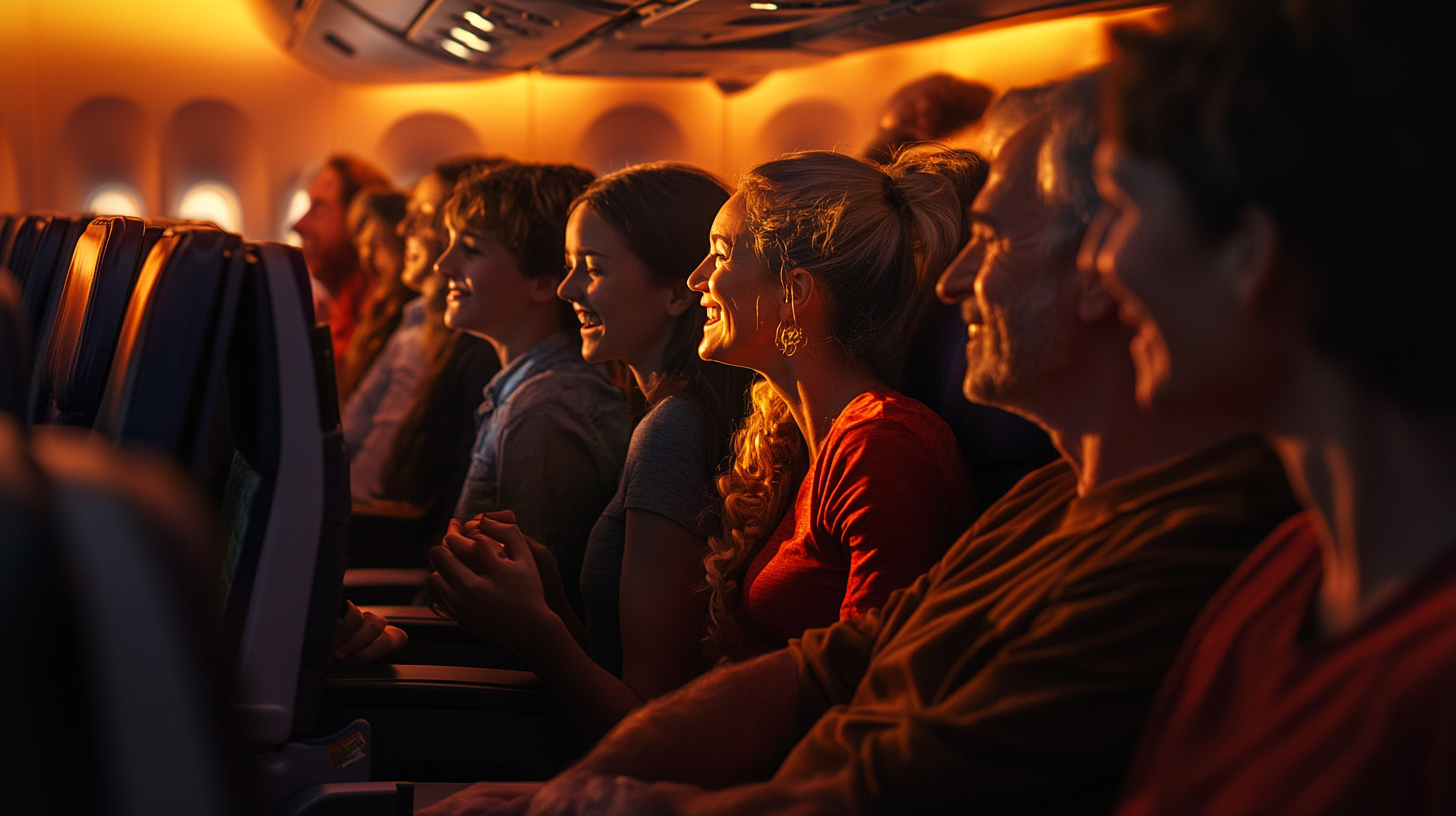
I’ve seen families board in a panic without a plan for seating, only to discover the most child-friendly spots were gone. Southwest’s family boarding, which happens between groups A and B, remains a blessing for parents with infants or young children. Consider nabbing EarlyBird for extra peace of mind, especially if you need to ensure seats together.
Groups traveling together also benefit from having a solid strategy. I’ve noticed that well-coordinated groups often discuss their seat preferences in advance—some might want an aisle, some need a window—so they can line up accordingly and reduce chaos once on board. A good friend of mine always designates one “scout” to board early and hold a seat or two, though keep in mind that saving seats is an unofficial practice and may not always be welcomed by fellow passengers.
As policy shifts approach, staying informed about Southwest’s evolving guidelines will give you a distinct edge. Even minor updates to baggage allowance or board-order protocols can have big impacts on your flight experience. That’s why I keep a close eye on reputable industry news sources and Southwest’s own announcements.
Final Thoughts

Navigating Southwest’s open seating can feel like a puzzle game where timing and strategy determine if you end up with an exit-row jackpot or a middle seat near the lavatories. However, once you understand the nuances—like precisely when to check in, which upgrade packages are worthwhile, and how to prioritize seats based on your travel preferences—you’ll find the system surprisingly efficient.
With upcoming changes, including assigned seating in 2026, Southwest is adapting to meet evolving traveler preferences while still aiming to keep the elements of freedom and community that many of us have grown to appreciate. Whether you’re an airline veteran or looking to book your first Southwest flight, planning ahead will always be key. As someone who thrives on exploration and research, I’m confident that these policy shifts will bring fresh opportunities for comfort and convenience—even if it means rethinking how we board the plane.
Brad Lightall’s Take
The open seating model has been both Southwest’s biggest draw and the source of many last-minute scrambles. In my own experience, there’s a unique charm to eyeballing row after row for the perfect window or exit row as you shuffle down the aisle. Though some might find a standard assigned seat system more predictable, I can’t help but reminisce about the energetic hustle that’s become synonymous with the airline.
Still, I welcome the upcoming changes. If they’re done well, assigned seating with Extra Legroom zones and better boarding perks could offer a refreshingly modern approach to flying Southwest. Adapting to these new options might just spark the next wave of interesting seat-selection strategies.
Stay updated on all your favorite airlines with us at BoardingArea.
- Curious about the future of Southwest’s boarding processes? Dive into Southwest’s Next Boarding Evolution to discover what’s next.
- Learn about the latest in-airport comfort offerings by checking out Southwest’s Lounge Access Experiment and see how Southwest is experimenting with lounge access.
- If you’re aiming to maximize your travel benefits, Securing the Southwest Companion Pass: A Frequent Flyer’s Guide offers a comprehensive guide to securing this coveted benefit.
- Discover the unique benefits of Southwest’s fare options by exploring Why Southwest’s Wanna Get Away Plus Fare Stands Out for a deeper understanding.
- Stay ahead of the curve with upcoming airport security changes by reading Frequent Flyer Security Check Changes to Look for in 2025 and learn what frequent flyers can expect in 2025.





















